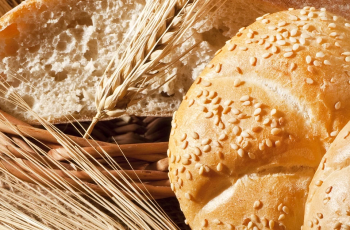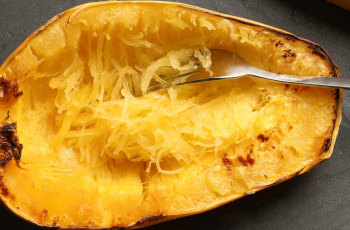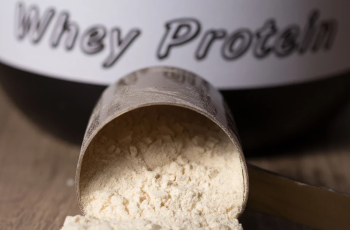Epigallocatechin Gallate (EGCG), a naturally occurring substance, is known for its anti-oxidant properties. It is also catechin. Catechins have proven health benefits. Epigallocatechin Gallate is thought to be the most powerful and abundant antioxidant found in green tea. This compound has been shown to be effective in treating and preventing a wide range of health conditions. While this compound is beneficial, too much of it can be harmful.
This compound is found in green tea catechins. Green tea is often consumed by patients as part of a weight loss program. Green tea is a natural remedy for weight loss. Some people may also use green tea capsules to lose weight. Before using epigallocatechin for medical purposes, it is important to know the sources of epigallocatechin and how it works.
Sources Of Epigallocatechin Gallate

Many teas, fruits and vegetables, nuts and dietary supplements contain epigallocatechin galate. Carob flour is a cocoa substitute made from carob pods. It’s one of the richest sources of catechin. Green tea is the most epigallocatechin gallate-rich tea in the family. White tea has the next highest content. Both black tea and oolong tea contain significant amounts, but in smaller quantities.
Fruits and vegetables do not usually contain as much antioxidants as teas. However, some fruits and veggies have higher levels than others. Fuji apples contain more of this compound than other fruits including other kinds of apples. Epigallocatechin Gallate is less abundant in fuji apple than cranberries, blackberries and raspberries. They are on the high end in terms of fruits. This catechin is also found in peaches, kiwifruits, strawberries, avocados and certain types of onions, but they are not reliable. Pecans and hazelnuts contain the highest amounts of catechin, but other nuts may also have a small amount.
Continue reading to find out how epigallocatechin Gallate works.




